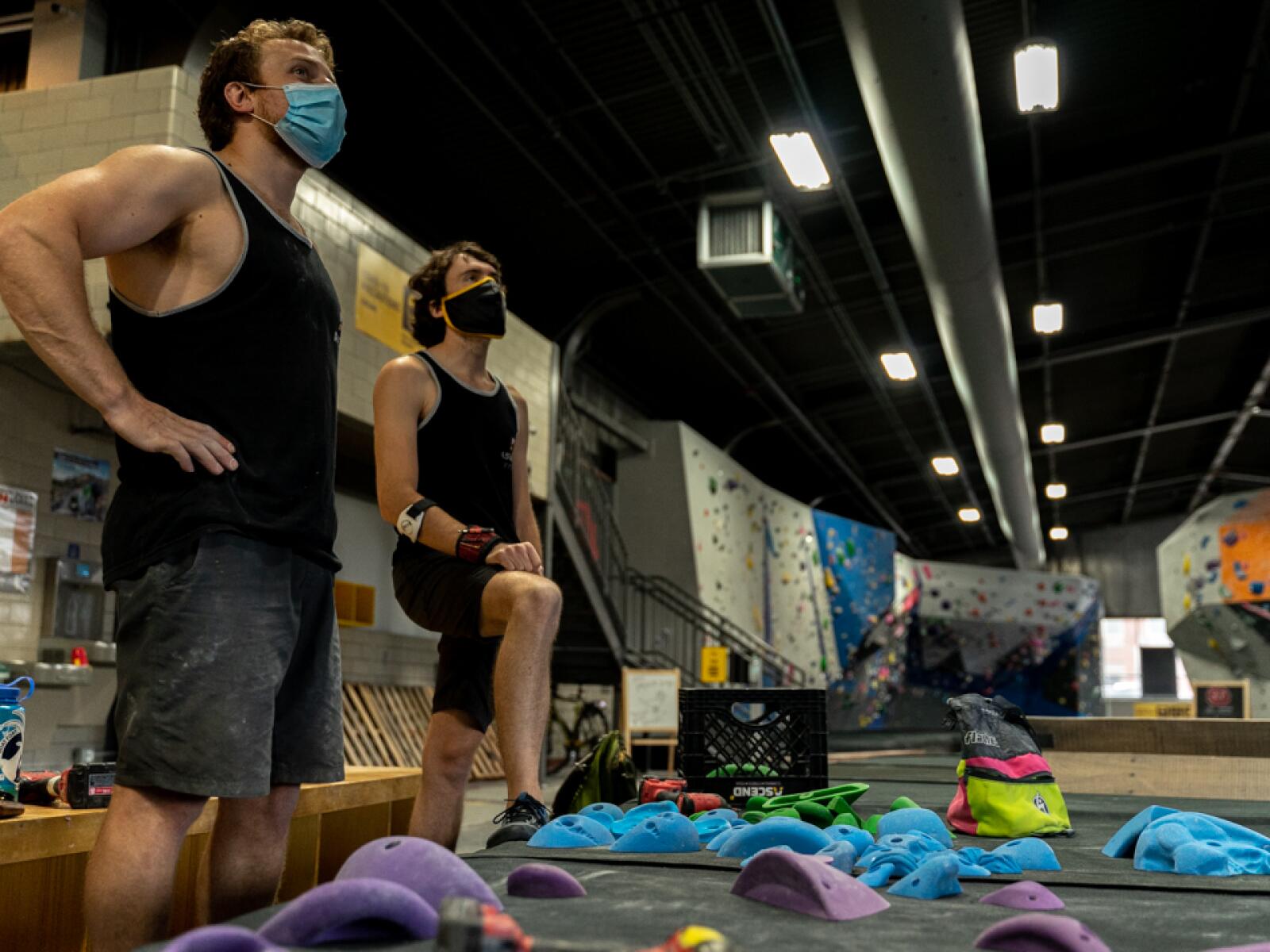Setting Versatility Using the RIC Scale

Setting Versatility Using the RIC Scale
[Written by ASCEND Routesetter, Jacob Sustrich]
Movement, difficulty, and style are hard things to pin down in climbing. Even with metrics like the YDS (Yosemite Decimal System) and the V Scale, it fails to account for the variance and subjectivity natural to climbing. If a gym focuses solely on grading, and ignores the less discernible factors, the community loses out - different styles, likes & dislikes, biases, etc., would be lost in the narrow pursuit of grades.
In order to ensure that we offer our climbing community a more diverse experience every day, we use a tool known as the RIC Scale - an acronym which stands for Risk, Intensity, Complexity. Every boulder in the gym has to serve a purpose, by targeting specific grade ranges, stylistic elements, and mental challenges proposed to the climber. If every V5-7 was just power pulling, our more experienced climbers would be denied the opportunity to practice technical, slow movement; likewise, if every V0/1 was a jug ladder, our newer climbers wouldn't be able to experience new movement in a way that feels comfortable and safe. This is where the RIC Scale comes into play.
Let’s start with risk. For most folks, this term is synonymous with physical danger, but this is not the case in setting. For setters, risk refers to the commitment a move requires, as well as the potential to fall. If a boulder is highly risky, climbers are being asked to do movements that are hard to back out of once started, or that present a higher likelihood of falling before/during/after the move. Risk is most prominent in dynamic, coordination, or otherwise comp style movement, as well as on slabby/vert climbs. If you undershoot a jump, you won’t make it to your target. If you don’t follow through on a paddle move, you’ll spin off immediately. If you don’t keep your heels down while smearing on a bad foot, you won’t have enough rubber in contact and you risk slipping. Risky boulders give climbers the opportunity to experience and face fear in a way that builds confidence without an increased risk of injury.
Intensity is much more concrete - it boils down to the strength, power, and try hard that you have to put forth in order to succeed. Prominently found in steeper climbs, highly intense boulders/movement require the climber to pull hard, to shoulder into a gaston just a bit more, to squeeze the juice out of a pinch. Intensity is typically present in all boulders to some degree, especially when they approach/exceed our limit, but it is not necessarily the defining element, even in those hard boulders.
Complexity is the puzzle solving and thoughtfulness that draws so many people to climbing. A complex boulder asks you to find a solution to a unique, and sometimes unfamiliar, problem, either in the moment or while preparing on the ground. Complexity is represented across two distinctions - micro and macro complexity. Micro complexity refers to the barely perceptible elements that lead to success (hip positioning, depth from the wall, direction of swing, tensing of certain muscles), whereas macro complexity speaks more accurately to the work of the setter in creating a sequence from start to finish.
We constantly consider these elements, and assess what is over or underrepresented in our gym across all circuits. It’s important to not have all the blue circuits be risky dynos, just as it’s important to not have all the red/white circuits be intense ticky tacky crimping. When all three of these categories are represented thoroughly, across all circuits within the gym, it offers climbers a more diverse experience every time they come in the door.
Want some tips for how to work through weaknesses that you may have at different styles across this scale? See the Youtube posts below for some extra info on how to train and better yourself for risky, intense, and complex boulders.
Want to learn more about this tool and how it’s used outside of our gym? Check out these two podcasts from Tonde Katiyo, a renowned setter who works to diversify and equalize the field of climbing:
As well as this article from Plastick/Kaya, the app we use to log and display climbs, about the scale:
Thanks for reading, and we hope that this has helped expand your understanding of the range within climbing!!